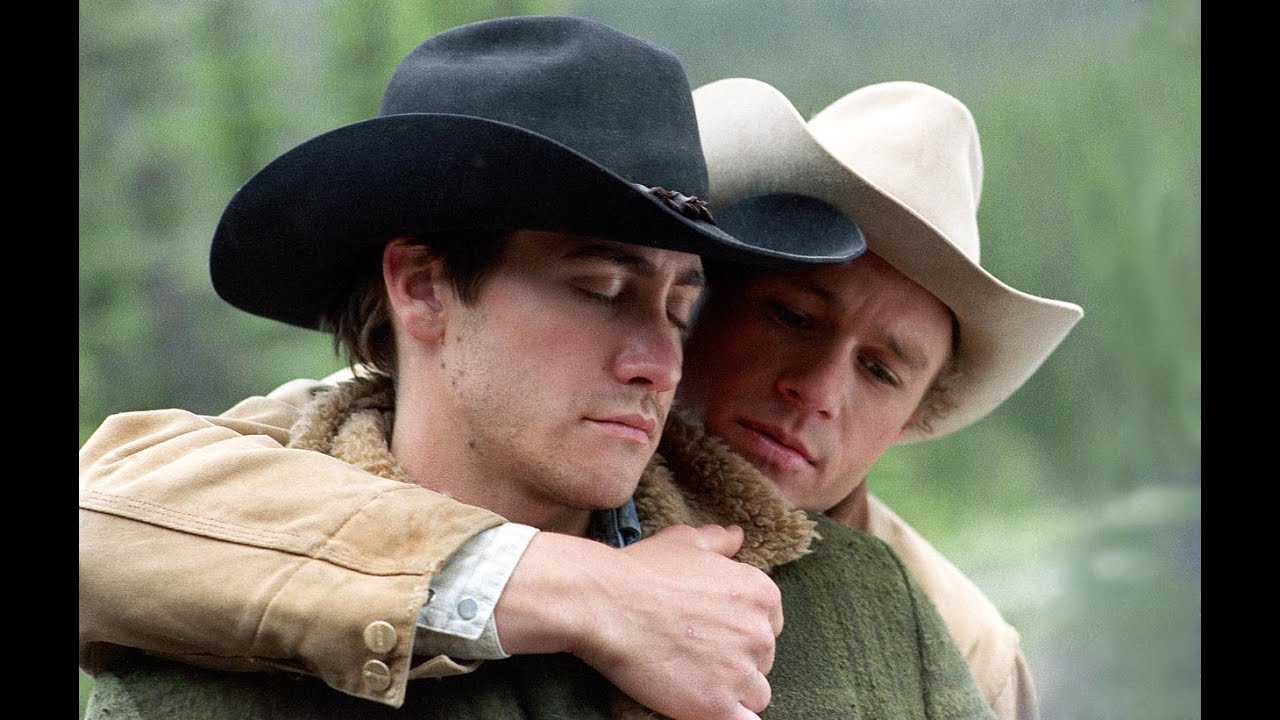October is LGBTQ history month
Is mass incarceration a queer issue? It certainly is, and here is why. This is part of October LGBTQ history month.
As we reflect on what this month means to us as a community and on the progress of recent years, we cannot forget that mass incarceration profoundly affects the most vulnerable people in the queer community. In these five areas, evidence shows how queer people are disproportionately affected by the criminal justice system:
1. There is a long history of criminalisation of queer people and violent police targeting of queer spaces.
When drag queens, transgender women, and other queer folks rioted at the San Francisco Compton Cafeteria diner in 1966, it marked the boiling point of police harassment sanctioned by “female impersonation” laws. It is illegal for cisgender men to wear women’s clothing. Some states rewrote antisodomy rules in the 1970s to target gay couples. It was a practice that remained legal until 2003, when the US Supreme Court struck down these laws in the Lawrence v. Texas ruling.
More recently, laws like North Carolina’s HB2 (which has been repealed and partially replaced) and Texas’s SB2 (which failed) banning transgender people from using the bathroom that matches their gender expression represent a resurgence of bills designed to criminalise queer Americans.
‘
2. Queer youth of color are more likely to be arrested or detained in school.
Zero-tolerance policies in schools, designed to keep students safe, often fail to do so for queer students. Instead, it results in an arrest or exclusionary discipline when queer students attempt to defend themselves from harassment.
A school climate survey of queer students found that 53 per cent report being physically harassed. And 34 per cent report being assaulted because of their sexual orientation or gender expression. One study in Washington, DC, schools found queer students are three times more likely to be arrested or experience exclusionary discipline measures than their straight and gender-conforming counterparts.
‘
3. Queer youth are overrepresented in the juvenile justice system.
Although they account for only 5 to 7 per cent of the youth population, queer youth account for 13 to 15 per cent of youth in the juvenile justice system. More than 60 per cent of these young people are black or Latinx. This juvenile justice system involvement trajectory is rooted in discrimination at home and school. Students arrested, suspended, or expelled from school are more likely to end up in the juvenile justice system.
Queer children are more likely to be rejected by families, accounting for 40 per cent of homeless youth. When these youth become homeless, they might engage in survival sex and other misdemeanour crimes to survive. Interviews with police officers in New York City revealed some officers believe queer homeless youth to be inherently criminal.
‘
4. Queer adults are overrepresented in prison and jail.
Men who identify as gay, bisexual, or men who have sex with men (MSM) account for 4 percent of all US men. However, they represent 9 percent of men in prison and 6 percent of men in jail.
This disparity is even more salient among incarcerated women. Lesbian, bisexual, and women who have sex with women (WSW) account for only 3 per cent of all US women, but they comprise 42 per cent of women in prison and 36 per cent of women in jail.
Sixteen per cent of trans-identified adults have been incarcerated but account for only 0.6 per cent of the US population. Queer people are more than three times more likely to be incarcerated than the general adult population.
‘
5. Queer youth and adults are more likely to be victimized while incarcerated.
According to the most recent estimates, queer young people incarcerated at juvenile facilities reported a rate of youth-on-youth sexual victimisation of 10 per cent. It is compared with 2 per cent reported by their straight counterparts. Similarly, incarcerated lesbian, gay, bisexual, WSW, and MSM adults reported sexual victimisation rates by other incarcerated people of 12 per cent in prison and 9 per cent in jail. In contrast, their straight counterparts reported rates of 1 per cent in both prison and jail.
Lesbian, gay, and bisexual adults also reported higher rates of sexual victimization by facility staff: 5 percent in prison and 4 percent in jail. Compared with 2 percent in both prison and jail among their straight counterparts.
Transgender adults are the most likely of any adult population to be sexually victimized by staff or other incarcerated people in prisons and jails. 40 percent of transgender people in prison and 34 percent in jail reported sexual victimization while incarcerated.
‘
During LGBTQ history month, we recognize a past that is full of stories of overcoming challenges as large as these. Increasingly, diversion programs and problem-solving courts for survivors of trauma and people with behavioral and mental health needs are being implemented instead of incarceration to provide necessary treatment and services for people in need of support.
These courts and programs can address system disparities, in-custody victimization, and histories of victimization, abuse, and discrimination among queer youth and adults who find themselves caught in the justice system.















